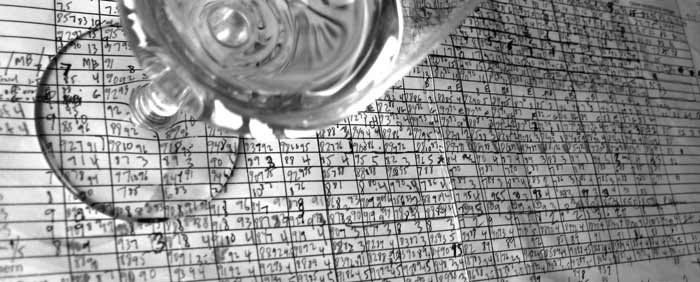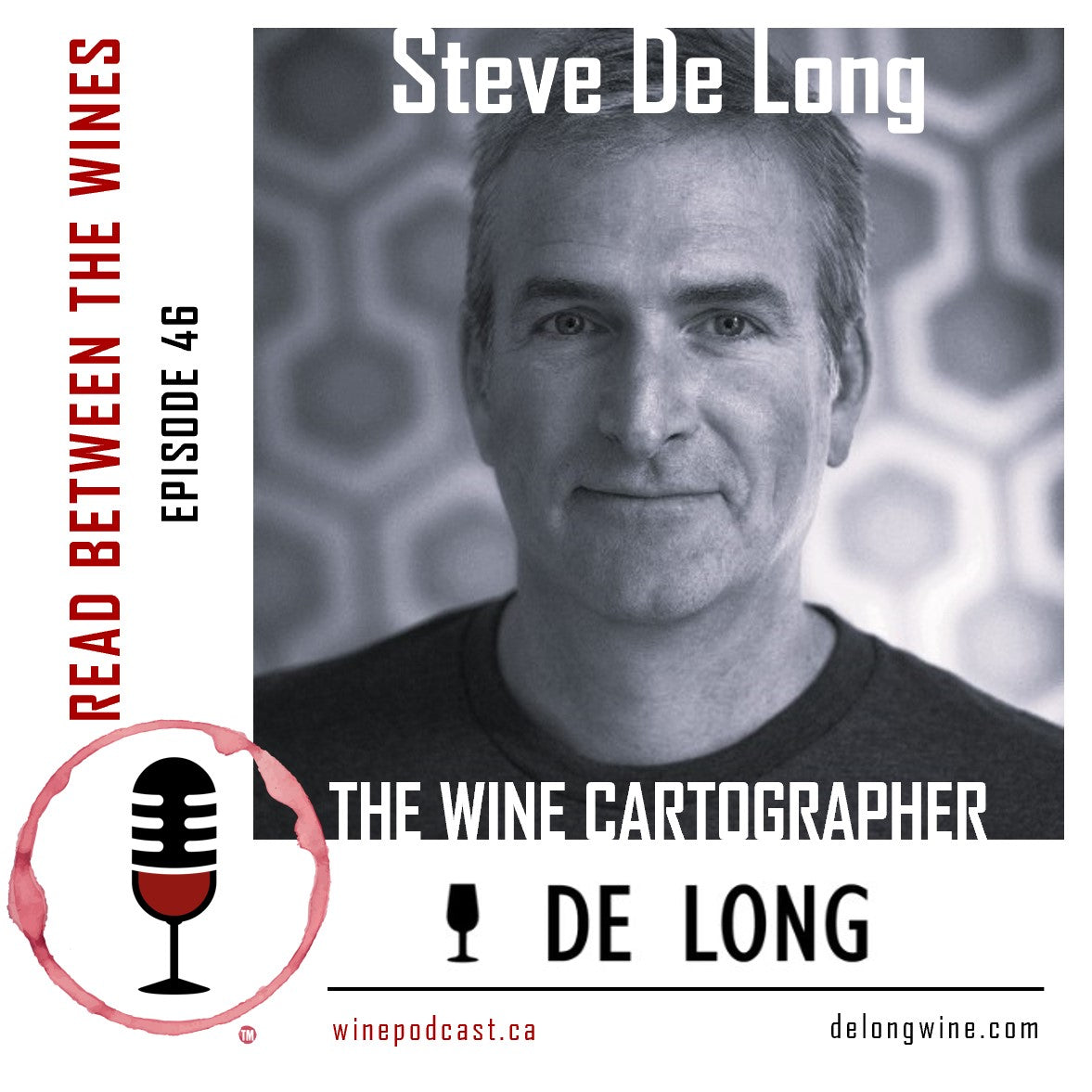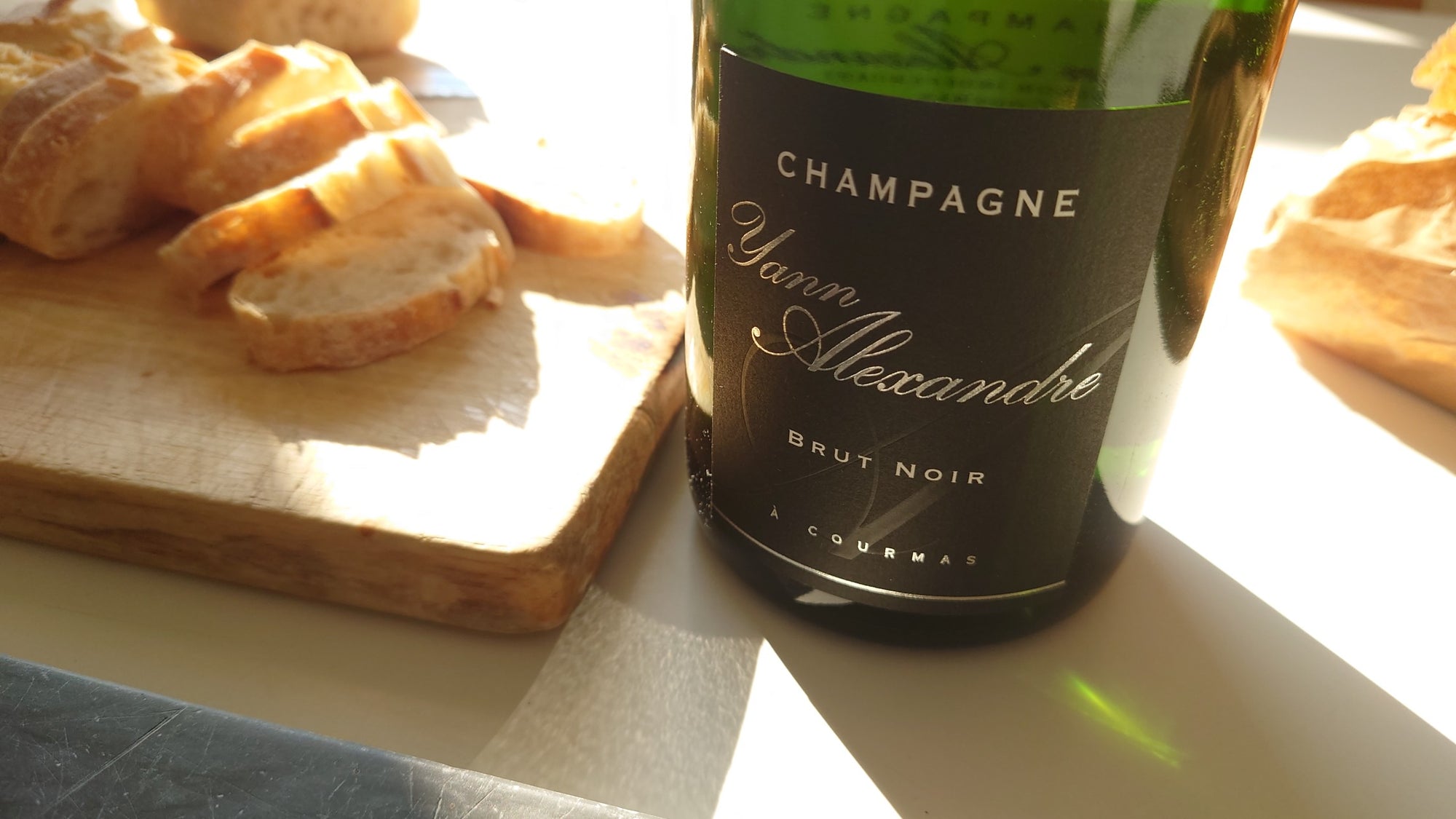Are vintages subjective?

8 out of 10 cats would agree that wine ratings are based on personal taste. Vintages, on the other hand, seem to be more grounded in the firm reality of weather and climate and their effects on the grapes. A good year is a good year, no?
I recently put together a vintage chart for an upcoming expanded version of our wine tasting notebook. Although I’m not a big fan of vintage charts, I generally find them interesting and thought yeah, why not include one? Just a little research to find the consensus and bada-bing bada-boom, a vintage chart. How wrong I was. Vintage charts come in varying degrees of specificity, from the very detailed that describe the weather throughout the growing season and harvest to the very general which distill a vintage down to a number or star rating. This vintage chart is in the general category – I wanted to make it as bone-simple as possible and used a 1-5 rating scale: 1 poor 2 fair 3 good 4 very good 5 excellent In keeping it simple, drink-now/keep/past-its-prime notations were omitted. Personally, I don't find them useful. Especially now that you can just google, snooth or cellar track to see if a particular bottle seems to be ripe for the drinking. No, I just wanted a good general indicator of the relative strengths or weaknesses of each vintage. Surprisingly, there’s not a lot of consensus out there. The following two examples – Alsace 1997 and Rhone 2002 – are pretty typical of how much opinions vary:
| ALSACE 1997 | |
|---|---|
| Conseil Interprofessionnel des Vins d’Alsace | 5/5 (5) |
| BBR | 9/10 (5) |
| Tom Stevenson | 90/100 (5) |
| Williamson & Moore | 4 to 4.75 (4.375) |
| Hugh Johnson | 7-9 (4) |
| Wine Spectator | 89 (4) |
| Robert Parker | 87 (4) |
| Hachette | 13/20 (3.25) |
| The Wine Society | 6/10 (3) |
| Average | (4.18) |
note: my interpretation of each score is shown in (parenthesis) The scores run from 3 (good) to 5 (excellent). I could have easily just averaged them to a 4 (very good) and called it a day. The problem with this approach is that the chart would then have virtually no excellent or poor vintages. Instead, I went with a 5 (excellent vintage) for a two main reasons:
- I found ‘official’ vintage assessments – in this case the Conseil Interprofessionnel des Vins d’Alsace – to be most useful in the sense that they would run the entire scale from excellent to poor. You might expect them to be biased – that every year was a vintage year – but overall, they weren’t. Some of scales did have to be slightly adjusted at the downside, though. Bordeaux’s lowest rating is medium - they gave their awful 1991 and 1992 vintages a medium - a little like Starbucks calling their smallest size coffee tall.
- One of Tom Stevenson’s areas of concentration is Alsace.
| RHONE 2002 | North | South |
|---|---|---|
| Hugh Johnson | 4-6 (2) | 5-5 (2) |
| Tom Stevenson | 70 (1) | 55 (1) |
| Robert Parker | 78 (2) | 58 (1) |
| Wine Spectator | 82 (3) | 76 (2) |
| Decanter | 4/5*(4) | 1/5*(1) |
| Berry Brothers and Rudd | 6/10 (3) | |
| The Wine Society | 3/10 (2) | 4/10 (2) |
| Average (of my 1 to 5 interpretation) | (2.1) | (1.2) |
*Decanter gave 3/5 for the entire Rhone, but with this note: Classic concentration and power in the wines from the North but a poor vintage for the Southern Rhône – I’ve interpreted as above. Again, there are some major differences. This time, I took the averages as they pretty much reflect my impression of the Rhône in 2002. Also, it correlates with Robert Parker’s numbers. Like him or not, Parker is extremely knowledgeable about the Rhône Valley.  Coincidently, we had a 2002 Allain Graillot Crozes-Hermitage (Northern Rhône) this past weekend. If it had listened to the vintage chart, it would have been only a middling wine at best. In fact, it was actually very good and an excellent example of what great wine makers can do in indifferent years. It had all the signs of an off-year, which in this case means that the grapes didn’t ripen optimally. The alcohol was lower (12.5%), the acidity was a bit elevated, the tannins slightly rough, and the fruit reduced to a background player. A complete disaster? Far from it – the wine had an amazing intensity of black pepper and some herbal elements that would not have been so pronounced had the fruit been stronger. The intensity held up through a very long finish – the mark of excellent wine making. A four star wine in a two star vintage. One of the other difficulties in putting the chart together was mixed vintages, where some areas in the region did well while others suffered. Hugh Johnson gives a range of number ratings (ie 6-8, 4-6 out of 10) which seems to be a good way to handle mixed years. However, in practice, every vintage gets a 3 to 4 point spread which sort of negates its usefulness. In the end my method was this:
Coincidently, we had a 2002 Allain Graillot Crozes-Hermitage (Northern Rhône) this past weekend. If it had listened to the vintage chart, it would have been only a middling wine at best. In fact, it was actually very good and an excellent example of what great wine makers can do in indifferent years. It had all the signs of an off-year, which in this case means that the grapes didn’t ripen optimally. The alcohol was lower (12.5%), the acidity was a bit elevated, the tannins slightly rough, and the fruit reduced to a background player. A complete disaster? Far from it – the wine had an amazing intensity of black pepper and some herbal elements that would not have been so pronounced had the fruit been stronger. The intensity held up through a very long finish – the mark of excellent wine making. A four star wine in a two star vintage. One of the other difficulties in putting the chart together was mixed vintages, where some areas in the region did well while others suffered. Hugh Johnson gives a range of number ratings (ie 6-8, 4-6 out of 10) which seems to be a good way to handle mixed years. However, in practice, every vintage gets a 3 to 4 point spread which sort of negates its usefulness. In the end my method was this:
- Take an average.
- Look at the range.
- Decide who to trust, take the average (or both).
- Repeat for each cell.
Not exactly bada-bing-bada-boom.



Comments
Back in the day… we would do a bit of grape -picking in the Minervois wine area of France for a friend who got ought of teaching into wine-making. I don’t know if this happens now but a wave of migratory nomad pickers would follow the vendange up through Europe. They were a multilingual lot, each had one backpack and dog, and they were walking encyclopedias of wine and often had a much broader perspective of knowledge than the actual vignerons.
One of the best meals I ever had was at Monsieur and Madame Petites end of vendange party in Villespassans circa 1980. The itinerant pickers cooked a six course dinner from the simplest ingredients mostly “found” about the place….wild asparagus, mushrooms and some rice stuffed apples and a goat cooked on a spit rubbed with local herbs straight from the garrigue. Homemade goats cheese, figs from the tree outside steeped in brandy with cream. All beyond totally yum.
But what made it the most standout meal of all time was the wines chosen to compliment it by a well matured Dutch guy who had the look of Mick Jagger. He described each wine lovingly before each course and there was a reverence there for the wines like a religion. They were all perfect compliments to each flavour. Encroyable! It was a leisurely meal topped off by a glass of Madame Petites homemade liquer. I was very lucky to experience such a masterly dinner event..I wonder if that still happens like that?
Vintage has an impact on each and every wine, as does terroir; but the gift comes in understaning the two and being able to produce quality and character with each of these in combination, year after year. Come chose to try remain consistent in style, others consistent in quality.
I think you’re right to simplify the scores as much as possible, and all in all your chart covers France and the US West fairly well. In comparison the rest of the world seems overly simplified, and like a lot of regions are neglected. Some regional condidions may be more homogenous, but it raises the question of whether there ought to be more detail or skipped altogether.
And as Lauren says, shades of something for columns always makes it easier to follow long lines.
Sounds complicated.
The question is not whether it’s good. It’s how good is it? And, of course, how easily does the label come off?
As you so aptly put it, what it finally boils down to is the vintner and how the wine is produced. Good year or bad year, one create can create magic or produce undrinkable garble.
The 2002 Allain Graillot Crozes-Hermitage you quoted being just one example. Another great one – the 2002 Giuseppe Quintarelli Primofiore.
Very interesting – and about the same conclusions that I’ve come to over the years. What surprises me is not the variation, that’s expected, but the breadth of difference in some areas, especially in the Northern Rhone for 2002. I suppose some of the variation is based on what was tasted and when. Even if all the same wines were tasted by all the evaluators, overall impression might be swayed by in which order the wines were tasted. If the last few wines tasted were real dogs, that’s got to influence the overall impression, unless the final determination is made purely mathematically (e.g. – the average overall rating score or something and even that is influenced by order of tasting).
Basic conclusion – at best a vintage chart is only a rough indication of quality and at least 2 charts should be consulted to get a more balanced view.
And as far as your new vintage chart is concerned, I am most pleased that Austria makes your chart as well as Oregon and Washington. Just to see their inclusion means that they are finally making an impression – thankfully. And, as expected, my personal opinion on Austria (one of my specialty areas) differs from the chart. I think that 2006 was an exceptional vintage, better than 2005, and 2003 was very ordinary (many of the wines are starting to fade already and, even at best, many were just bizarre due to the heat of the vintage).
Overall, a fun topic.
Thanks for doing the work of compiling various opinions on vintage qualities. It is hard to keep up with so many varied opinions in the wine world from so many sources of “authorities”. Your chart would benefit from some colour.
I have been running a women’s wine group for a year now. We continue to have a ton of questions, particulary from new members, regarding vintage. This chart will be extremely helpful, as have your others. Thanks!
I know there are a lot of wine producing areas, and volumes and availability might not be global but Ontario is worth a look. Personally I think their Baco noir offerings from older vines are unique, distinctive and enjoyable. (The world likes the ice wines, I’m not so keen.)
Thanks for your original work. I enjoy your sight.